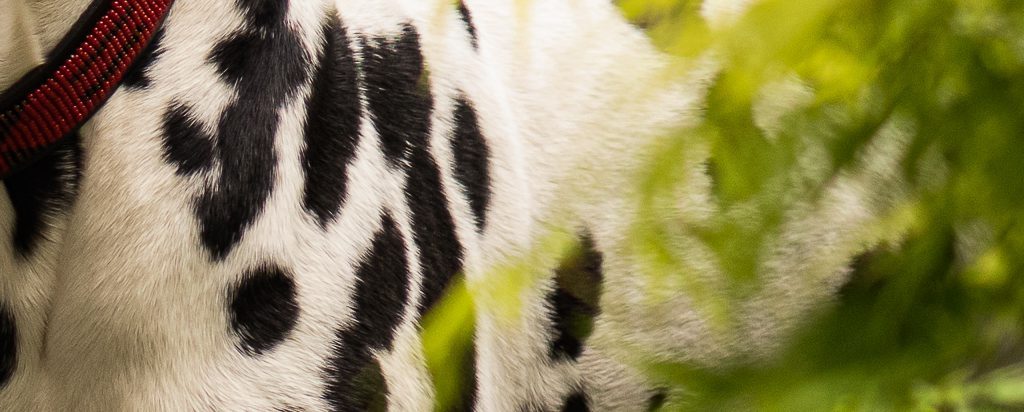Be they seed specialists, plant nurseries, compost suppliers, makers of snazzy secateurs, or purveyors of all things gardening, I have always been interested in the business of horticulture. I have the utmost respect for those whom, steered by green passion, are able to identify a market and turn that into a successful business. A regular trade (show) flat footer, I come across all sorts of cunning introductions and innovations. More importantly though, I thereby meet the people behind the brands and businesses. This is the first of a series, introducing some of the intriguing brains behind the brands that make up the horticultural industry. Fear not, these posts are not adverts, nor am I in any way financially ensconced with any of the companies in the line-up. No order nor agenda, just a series of articles written by one person, whom simply admires the work of another.
Julia Leakey is the Product Designer & Range Development at Crocus. A fellow Kenyan born & bred, Julia Leakey has enriched Crocus with her product sourcing & design skills for 12 years, and is the genius behind the Crocus Collection. No need for introductions, Crocus is an industry powerhouse, famed for their incredible Chelsea Show Garden collaborations; one of the best mail-order nurseries in the trade, and purveyors of all sorts of delectable garden goodies. The Crocus collection, very much Julia’s baby, has always intrigued me for it’s cunning product lines and boasts all manner of items, such as cloches, lighting, plant supports, tools & accessories and some of the best bird feeders on the market.
All in the family
Part of the famous Leakey clan, Julia is the granddaughter of Louis & Mary Leakey, the paleo-anthropologists who discovered the first fossilised Proconsul skull in the Olduvai Gorge, in Tanzania. Julia, close to her talented grandmother, credits Mary for her choice of career path in the arts, as Mary was a noted illustrator. Mary’s incredible illustrations documented the Hominin fossils, ancient stone tools and cave paintings.
Less known perhaps, was the incredible love the ‘grande dame of archaeology’ had for Dalmatians. The Leakey’s founded the Dalmatian Club of East Africa, passing on that spotty passion through the generations. Always adorned with a Maasai collar, Julia’s beloved Dalmatian ‘Molo’, proudly roamed the streets of London just as Mary’s precious Dalmatians did on every expedition and excavation in the African Bush. I’d hazard a guess though that Molo never encountered a Baboon on Hampstead Heath…
After completing her A-levels in Kenya, Julia set sail for her arts career in the UK. She completed her Art Foundation course in Lincolnshire, followed swiftly by a sparkly BA and eventually by an even sparklier Masters in Furniture Design at Royal College of Art.
Long time readers of said blog will have spotted our mutual Kenyan link, but unfortunately our paths didn’t cross growing up in Kenya, only to meet many years later at a trade press event in London. Though, as pupils at rival schools we probably would have been staunch childhood adversaries anyway. She did mention that when she was let out of her (obviously crummy) school, the Leakey clan used our school’s pool on weekends in which I’m sure they took their revenge for the invariably terrible sports thrashings…

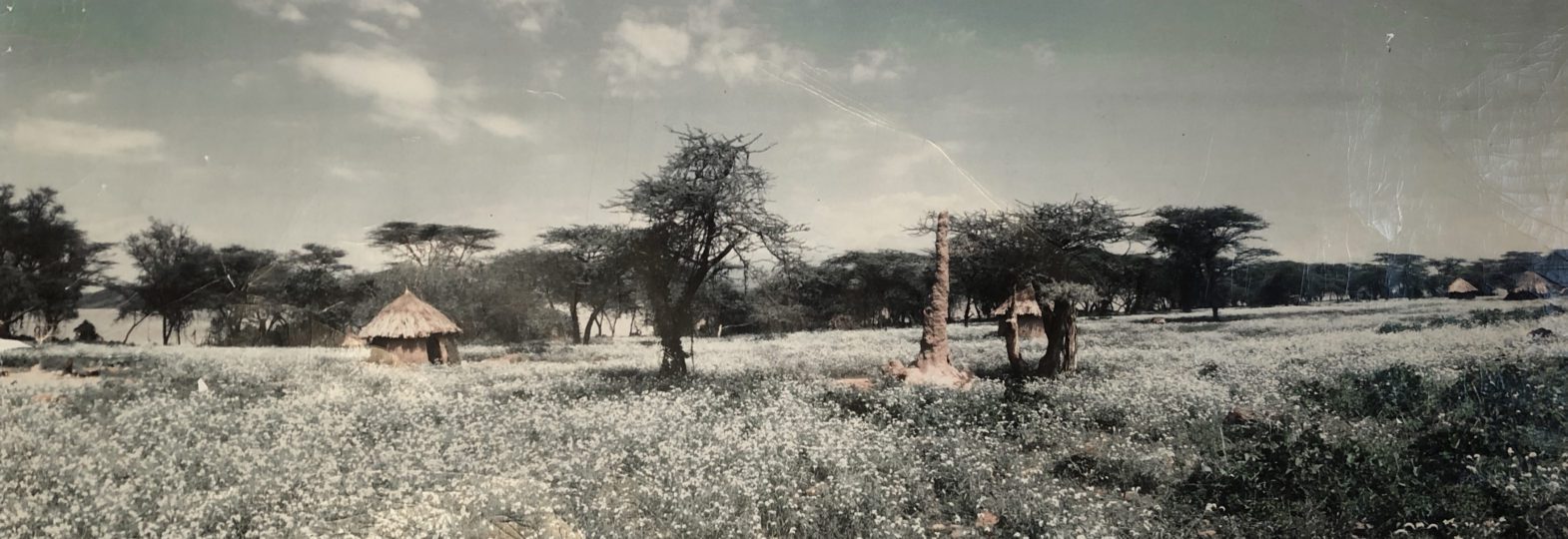
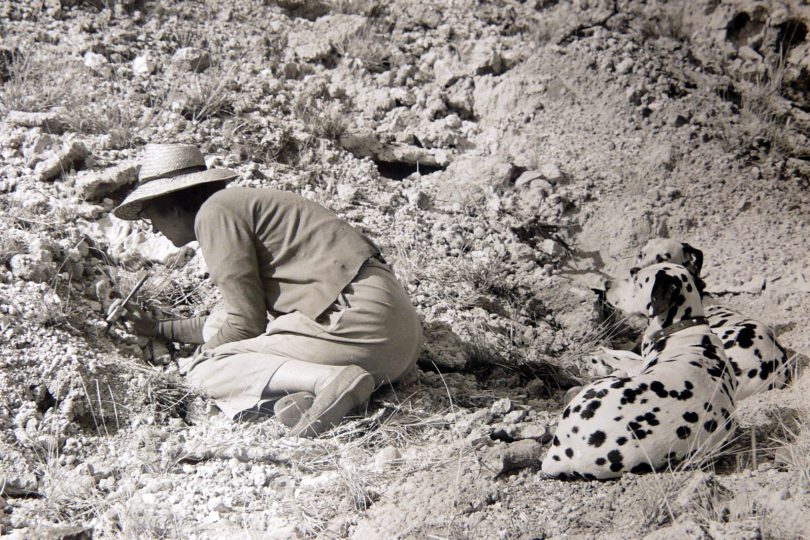

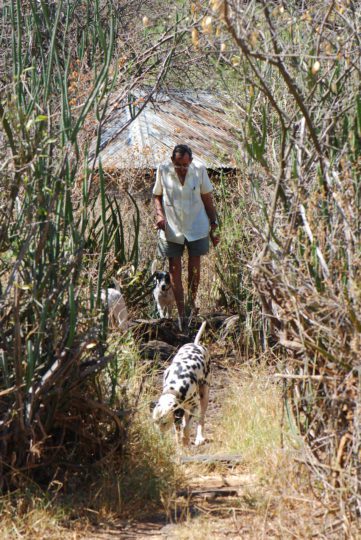
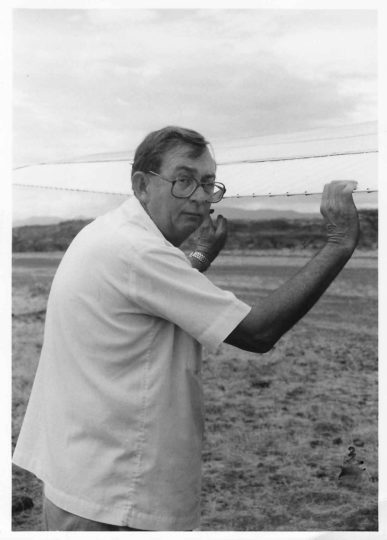
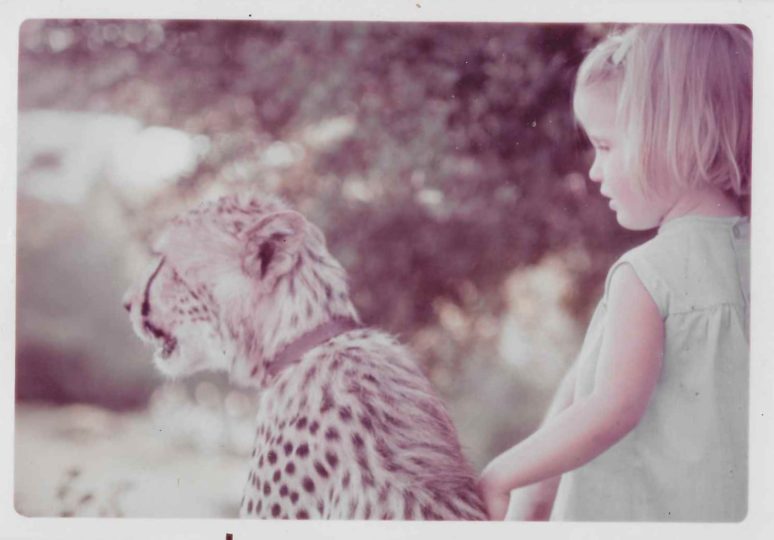

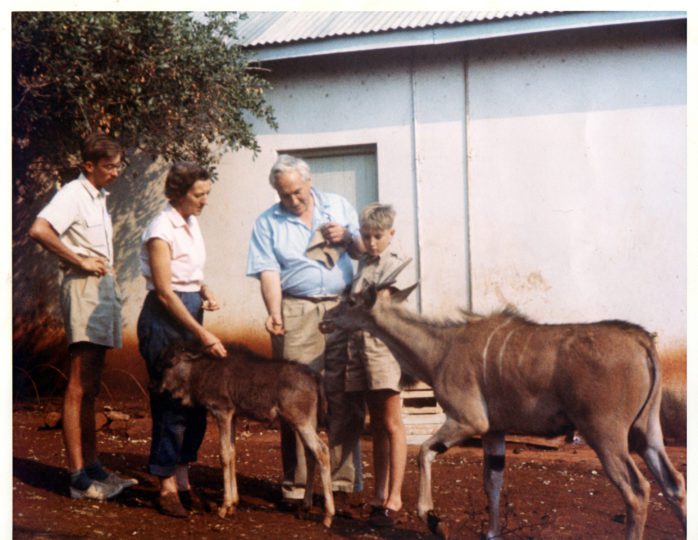


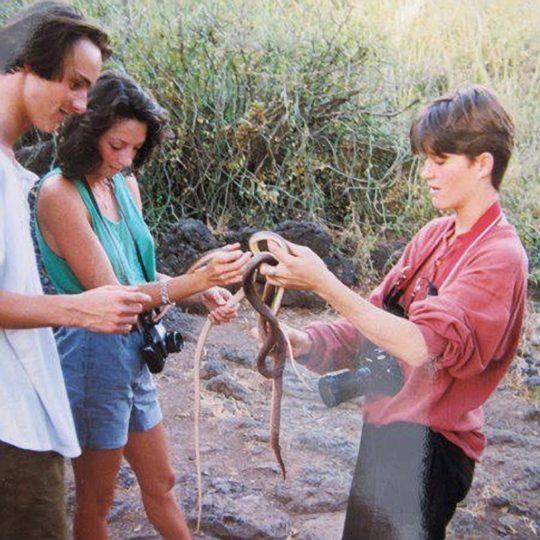



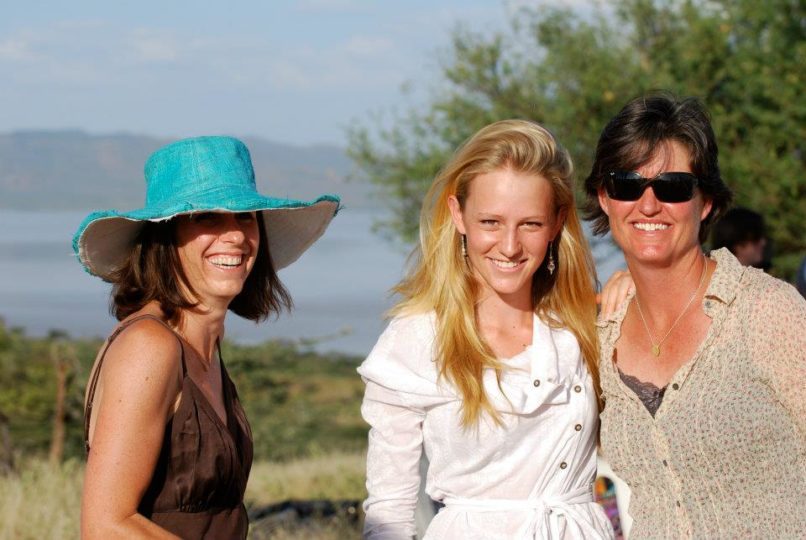
Designer roads
Her talents quickly spotted by none other than Sir Terence Conran, Julia worked with the great man on the Conran collection, ever honing her designer skills. Habitat followed, designing all manner of trendy products for the household furnishings giant. She worked on a worthy project called LOSA (London South Africa), where as one of the designers, Julia worked with local communities and crafters in rural Kwa Zuklu Natal and designers in London, to create a truly original collection of homewares. The collection was launched at Sotherby’s and sold through Conran worldwide. Production continues in South Africa, where as a result of the project over 900 people were trained in new craft skills. In her words, ‘it was this project, that truly cemented the link between my background of growing up in the bush in Kenya, with my design career in London‘. Sainsbury’s swiftly followed, enticing the designer to enhance their outdoor offerings, kitchen paraphernalia and ‘all sorts‘.
Whilst at Sainsbury’s, a friend nudged her about a position at Crocus. Fortuitously for Crocus, the relocation of Sainsbury’s HQ didn’t suit the budding designer, and so she landed chez team Crocus, led by Mark Fane and Peter Clay. Initially, part of the buying team but soon Julia’s design skills came to the fore and she started designing original products for the company, which rolled into the now budding, Crocus Collection. On the whole, Julia runs the collection solo, and her work takes her right through the entire process, from design to market, including photographing the products for the website & brochures.
Baringo Bauhaus & Kenyan ingenuity
A follower of the ‘form follows function’ principles of design, practicality is the basis for Julia’s work. ‘If a product makes sense in terms of function, proportion and material, it becomes something you don’t notice much, it doesn’t clutter your life, but it’s there‘, she explains.
Good product design is basically, problem solving. Resolving user experience deficiencies, using the various tools and facets of design to create something more effective. It’s this talent that I admire her for. Julia’s product designs always seem to fulfil (often previously unknown) gardening needs, are attractive, well made, always on trend, and quickly become gardening stalwarts.
Along with her grandmother, Julia’s father inspired her practical sense of design. She talks lovingly about their old house in Baringo, which Jonathan Leakey built from scratch. The house, she explains was well proportioned, simple, yet beautiful and made from hard wearing materials that, ‘did the job‘.
Growing up in Kenya we have both inherited that ‘need to make do’, practical attitude to life. I wouldn’t say that us kiddos, lacked anything per se, but growing up there and then (80s & 90s), we didn’t have acres of shops, tv, digital gadgetry and what not, so you had to find and make your own entertainment.
That make and make-do attitude, is very much a Kenyan trait. A trait, absorbed from the extensive ‘Jua Kali’ industry sector functioning across the country. Jua Kali, literally translates from Swahili to mean ‘fierce sun’, refers to the extensive sector of small-scale traders and craftsmen who deal in handmade, hand-repaired items created out in the open, under the sun. The soul of Jua Kali is in making things work, talented manual skills and above all wondrous imagination & creativity.
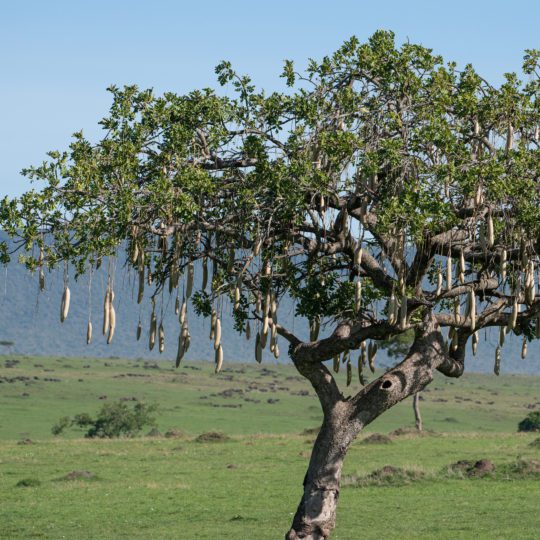
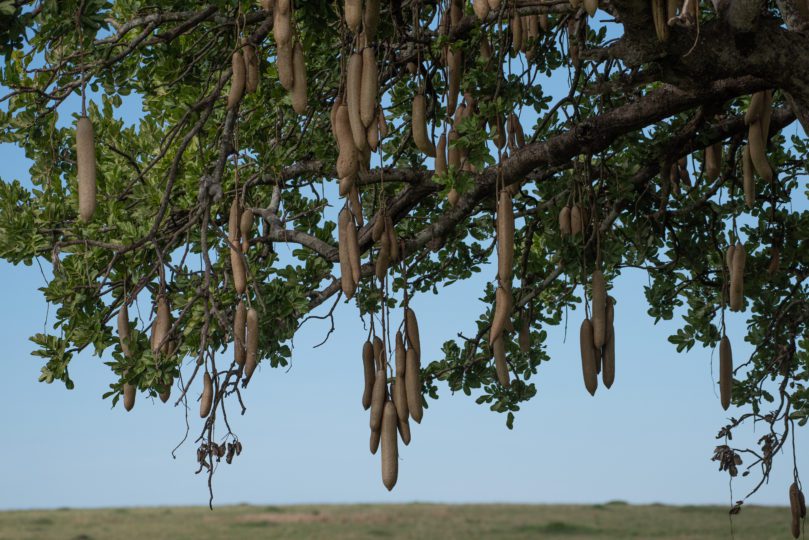
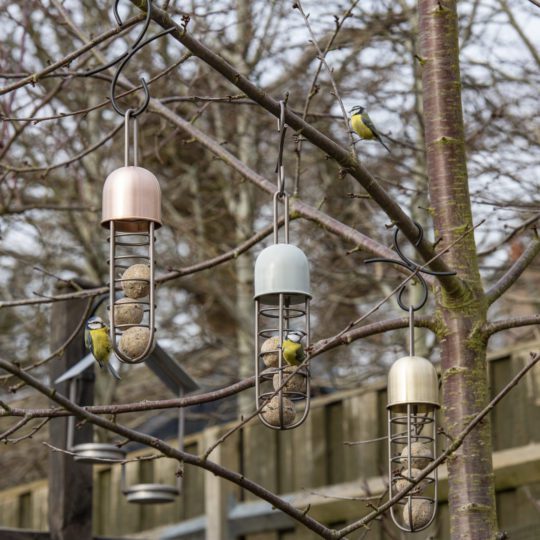
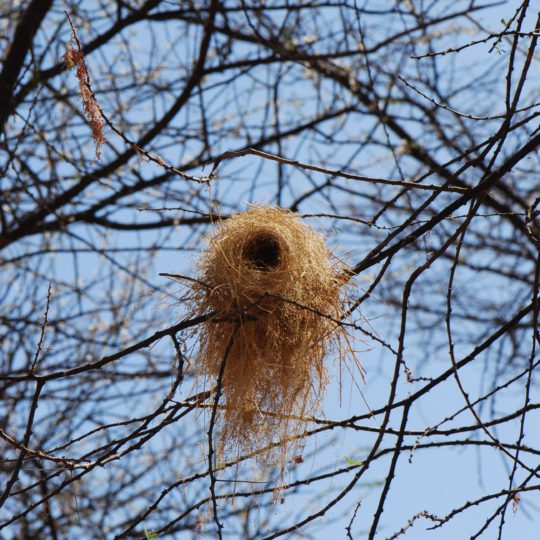
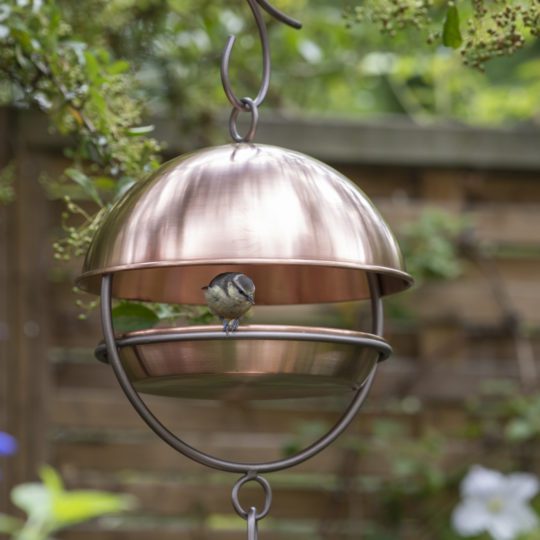


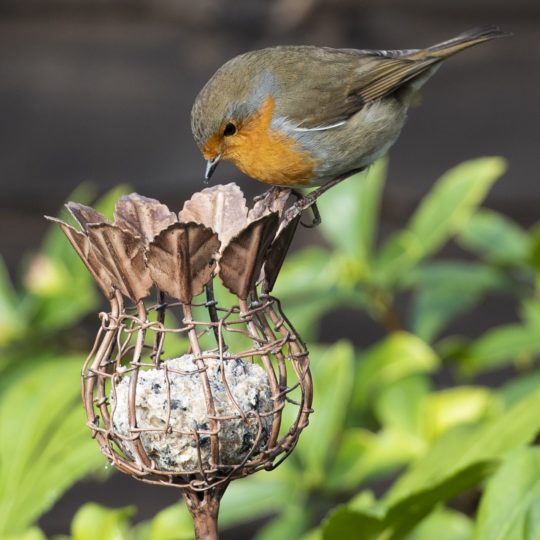
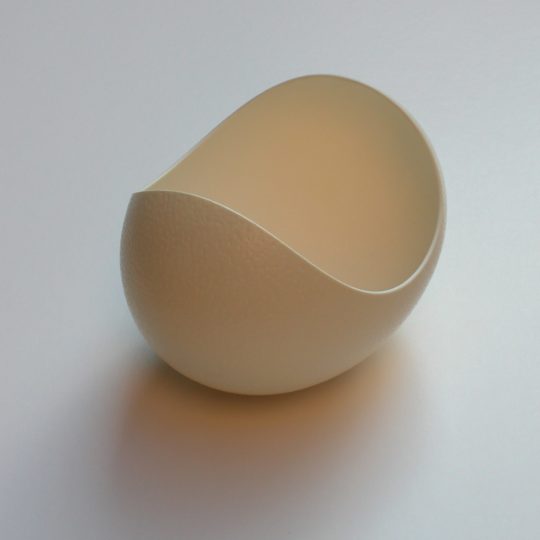
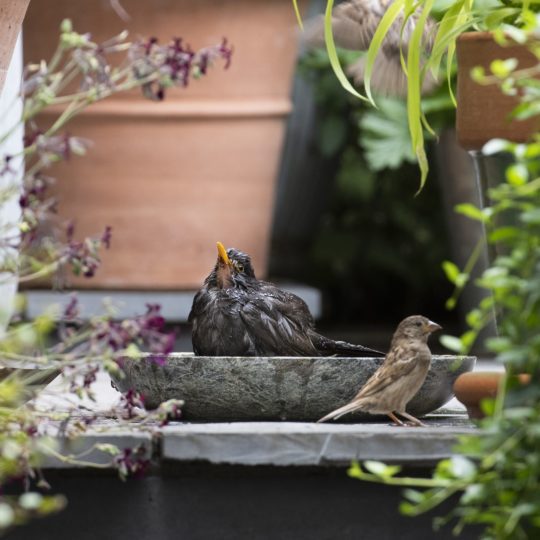
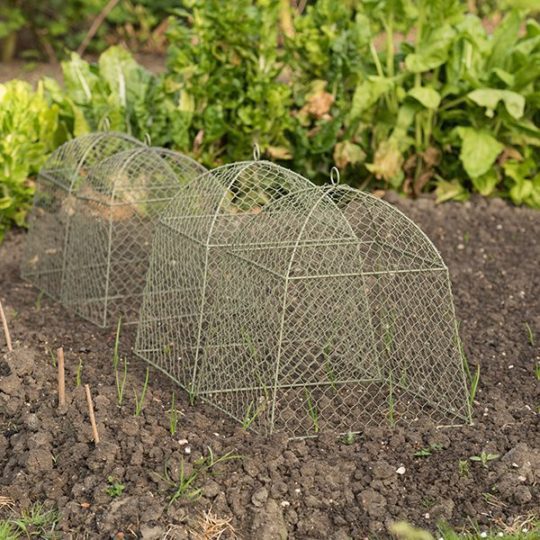
That imaginative resourcefulness, I see in Julia’s work. Honest in her use of materials, always creative, built to last, but above all, made to serve and be used. Some of my favourite products from her oeuvre include; the (drill) augers for bulb planting; trowels tough enough to crack rocks (aptly named aptly named, ‘DeWit bad ass’ trowel); nature inspired, bird feeders that squirrels cannot eat (I have had several munched to pulp); plant supports with built-in bird bowls; reversible plant cloche/supports,… that’s Julia.
Copy cats
Not unlike other industries, there are trendsetters and followers. Ten plus years ago for example, there weren’t the myriad of rusty metal support purveyors as there are now, with budding traders such as Leander Plant Supports, quickly seeing the market swamped with similar products. Granted, with new technologies, improved distribution, sourcing, online markets, competition is born. As it should. Staying ahead is tricky but vital. Julia’s take on this ongoing process is intriguing.
According to the Crocus genius, Julia tries to make her products, ‘honest to their function, size and materials‘. For Julia, it has to starts with a worthy project. There has to be practical need, before a design.‘Try to come up with stuff that resolves, practical problems over simply ornamental. That could be improved versions of old favourites, stuff that complements current ranges, or products that are completely novel. In doing so, be honest to what is required, even down to the individual plant’s requirements and don’t skimp on product in the production process‘, she explains.
Having followed her stuff for some time, it’s quite evident which one’s Julia has designed. Her designs stand out from the crowd in their originality and artisan quality, but so too in the generosity of material. ‘The price has to be right too‘, she says, ‘So if you manage to get the functionality, look and price right, it’ll be more difficult to copy‘.
Originality too of course, is key to staying ahead. To maintain that creative spirit, Julia avoids ‘looking at too much product‘, sticking rather to visiting gardens, gardeners and nurseries’. Fraternising with her network of artistic friends most of whom are designers, working in various fields across industries, keeps her creative mind fresh. Kitchens are currently on her mind and a good source of inspiration. The influx of snazzy copper and brash finishes, often splashed across pages of snazzy interiors glossies are now very much a fixture of the Crocus Collection.
Bird idol
Limited options of travel, garden visiting or socialising with fellow designer friends, the Covid lockdowns proved a struggle for the designer. And yet, through having the time to work extensively in her own garden, did inspire a new collection particularly for wildlife, especially bird feeders.
Julia’s bird feeders are one of the best on the market. Beautifully designed, practical and in-edible to squirrels. The latter an important feature for yours truly. Long have I given up on the concept of a squirrel proof feeder, opting now only for those that are simply squirrel-indestructible. The cunning beasties will always persevere and you’re hence best to simply limit them damaging the feeders. My particular favourites in the Crocus Collection are the single pole designs which one can stick anywhere in the garden or in herbaceous borders. There is nothing quite like seeing the birds, flutter in and out of the borders. Often, picking off aphids, caterpillars or any other bloom destroying beasty. A note of caution; bird feeders will always attract the Samsonites of the feather fraternity; pigeons. Just like grazing hippo’s, they flatten paths through borders to get to the tasty morsels chucked from the feeders and squash even the sturdiest of perennials. Hence, place near the edges of herbaceous borders, move them around frequently or alternatively ensure your visitors are well versed on dining etiquette and good table manners.
On Cloud Crocus
Julia is very happy where she is, fitting in well at Crocus as she is given the (head)room for her ‘to disappear and do what I do’. Overseeing the product all the way through, from design, sourcing, manufacturing, distribution, launch, marketing is unusual, and kudos to the Messrs Fane and Clay of Crocus for embracing Julia’s style and preferred manner of working. Her process and attention to detail is such as that even during the design phase, she is already in her mind photographing the end product, imagining it being used as intended. Of all her designs, she is particularly proud of the cloches, a section of the collection she has very much ‘nailed’, where Crocus is one of the only companies to offer such an extensive range.
Asante Sana my friend, keep those designs coming. My plants, shed and garden birds, depend on you….
Footnote
All photos in this post were taken by Julia (and family).
